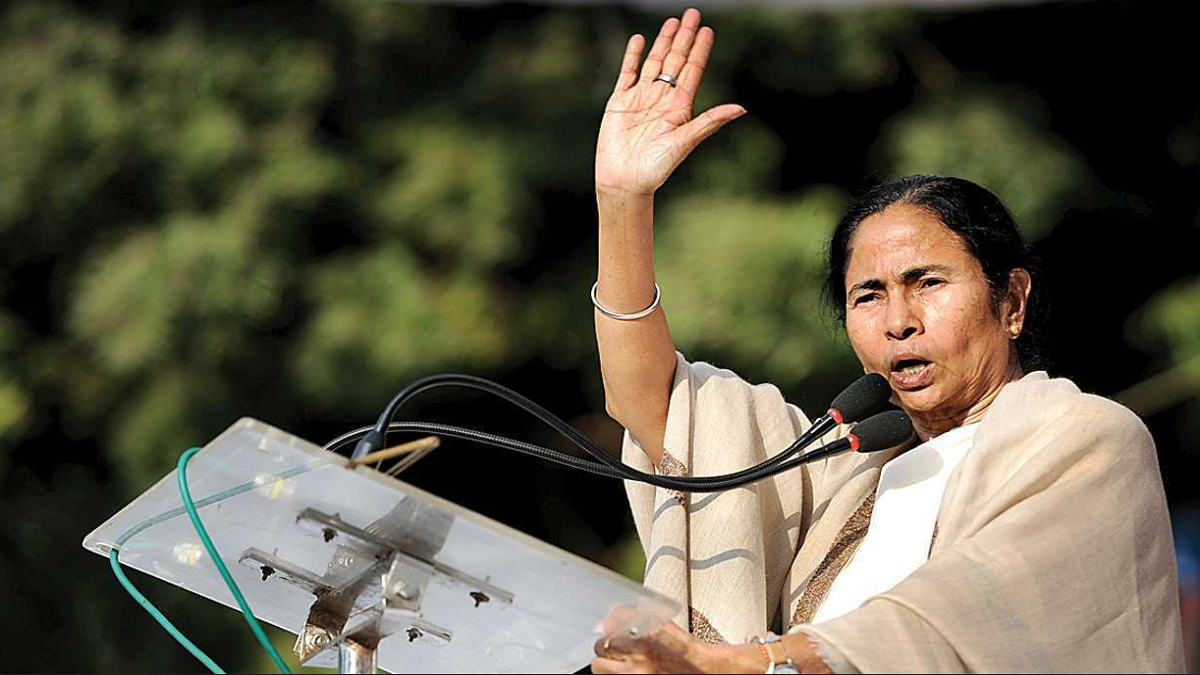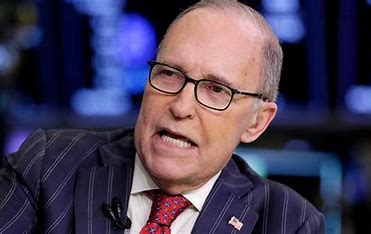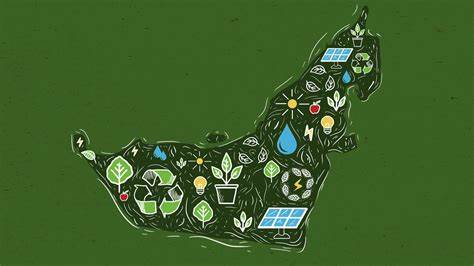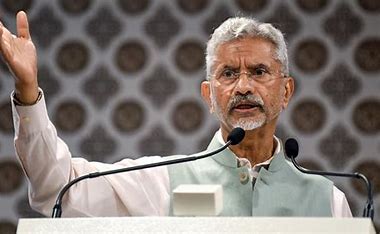
Massive discontent against the Trinamool Congress (TMC), the erosion of votes for the Left and the consolidation of Hindu voters are being seen by some political pundits as the major reasons behind the BJP’s unprecedented rise in West Bengal. But more than anything else, Prime Minister Narendra Modi’s schemes, like the Pradhan Mantri Ujjwala Yojana providing LPG connections to women living below the poverty line, Pradhan Mantri Jan Dhan Yojana offering affordable financial services, and Pradhan Mantri Awas Yojana for affordable housing, have completely redefined the lives of millions in rural Bengal. It is true that driven by hubris, Mamata Banerjee stonewalled many popular schemes of the Modi government, including the Ayushman Bharat and PM Kisan Yojana. However, despite Mamata’s refusal to implement Central government schemes, the Modi government ensured that the fruits of development were not out of reach for the people of West Bengal.
Though communal polarisation and consolidation of Hindu votes for BJP are being talked about, we must remember that out of the 18 Lok Sabha seats BJP won in Bengal, there are at least seven seats—Jalpaiguri, Cooch Behar, Darjeeling and Alipurduar in north Bengal and Purulia, Jhargram and Bankura in the Jungle Mahal region—that did not have a sizable minority population. So clearly, communal polarisation was not a factor in those places. What political pundits fail to realise is that a large chunk of the electorate is increasingly moving beyond caste-centric politics and the vote bank politics of appeasement. Besides, north Bengal and Jungle Mahal, the BJP also won some seats like Hooghly in the Gangetic region in the Lok Sabha 2019 polls. Of late, mammoth rallies by Union Home Minister Amit Shah at Thakurnagar and Cooch Behar and equally gigantic rallies by BJP national president J.P. Nadda at Nabadwip and Birbhum are a testimony to the BJP’s growing stature in Bengal.
The Modi government’s phenomenal pace of work is evident from the fact that over 2.36 crore rural and semi-urban people and over 1.06 crore urban people in Bengal have benefitted from the Pradhan Mantri Jan Dhan Yojana that aims to provide universal access to banking facilities with at least one basic banking account for every household. The total number of beneficiaries under this scheme is more than 3.42 crore in Bengal.
The range of benefits under the Ujjwala Yojana is also wide in Bengal. A total of over 78.47 lakh poor families have received free LPG connections under the scheme in this state, which is the second highest after Uttar Pradesh. This underlines how the Modi government is truly inclusive in its approach and does not discriminate between states. In 2018, 55% of West Bengal’s rural households used Liquified Petroleum Gas (LPG) as the primary cooking fuel, which went up from 15% in 2015, according to the Council on Energy, Environment and Water (CEEW), and that number has only risen further in 2021.
Under the Modi government’s scheme to provide affordable housing, over 45,671 houses were completed till 2016-17, while 1.6 lakh projects were approved additionally under the scheme in FY 2017-18. Also, despite the embarrassing pettiness not befitting a chief minister displayed by Mamata Banerjee, Prime Minister Modi ensured that the benefits from central schemes like the Swachh Bharat Mission helped the hinterland and tribal population in Bengal. In sharp contrast, Mamata’s development track record has been abysmal, with no big industrial house setting up shop in Bengal in the last ten years under her inept regime. Special economic zones (SEZs) in Durgapur, Falta and Salt Lake City have turned into wastelands, with crude bomb making factories in Murshidabad, Malda, Gosaba, Barrackpore, Birbhum, and North and South 24 Parganas being the only industries that have flourished. Interestingly, after obstructing the Modi government’s schemes, Mamata Banerjee had the audacity to repackage some of these central schemes as her own initiatives, but due to poor execution skills and corruption of the TMC government, this repackaging exercise backfired miserably. Repackaging does not work if the intent is mala-fide and the TMC’s intentions have always been suspect, buttressed by the “cut money and syndicate culture”, which is steeped in bribery and nepotism.
Speaking of Mamata Banerjee’s incompetence, there are several instances of how she made failed attempts to clone some highly successful Central schemes of the Modi government. The Krishak Bandhu scheme is one such example. The TMC government tried to copy the PM Kisan Samman Nidhi, but the Krishak Bandhu scheme has largely been a non-starter. On the other hand, over Rs 1.10 lakh crore have been given to over 12 crore farmers via PM Kisan. 80% of rural farm households in Bengal do not have Kisan Credit Cards (KCCs) due to the lack of clear land titles and lack of access to information on how to apply for these cards.
Due to the mismanagement and apathy of the TMC government, as many as 215 farmers committed suicide between 2011 and 2019, most of whom were paddy and potato farmers. But the state government did not take any affirmative action to prevent the same. Last year, the TMC government reportedly procured 42,000 tonnes of potatoes to stabilize market prices and provide a “fair price” to the farmers. Despite clearance from the Agriculture Department of the State and the rise in potato prices to Rs 40/kg in the open markets, the Chief Minister’s Office refused to budge. Had the Mamata government released the potato stock, potato prices would not have skyrocketed. Mamata never gave any explanation regarding the lack of clearance of the stockpiling of potatoes in a classic show of misguided arrogance.
Kanyashree, a scheme aimed at empowering the girls of West Bengal through enabling their education and eventually preventing their marriage at an early age, has also been mere eyewash. The Mamata regime expressed “inability to furnish relevant records due to privacy and security” to the CAG in 2017, when asked to show details about the scheme. District-level analysis revealed that 39% of girls in Murshidabad are married between the ages 15-19, which is more than the 33% figure of 2005-06. So, Kanyashree clearly failed to eradicate child marriage.
Pathashree, another pet project of the TMC, to repair or rebuild 12,000 km of roads, never kicked off the ground. Mamata seems to have merely rebranded the highly successful PM Gram Sadak Yojana to hoodwink the innocent people of Bengal.
Then there is Swasthya Sathi, a poor clone of Ayushman Bharat, which barely covers 1580 hospitals, while 18,236 hospitals are covered under the Ayushman Bharat scheme, the biggest healthcare scheme globally. The Swasthya Sathi scheme does not cover any pre- or post-hospitalisation treatment costs. On the other hand, Ayushman Bharat scheme covers three days of pre-hospitalisation and 15 days of post-hospitalisation, including diagnostic care and expenses on medicines.
Yet another scheme, called Jaldhara, launched in 2017 to provide financial assistance for the conversion of semi-mechanised, unsafe boats into mechanised and legalized ones, failed to take off. Even after over three years since the launch, no official government data exists to substantiate the progress of the scheme. Indeed, the TMC under Mamata Banerjee has only been announcing schemes with great fanfare but never bothered to implement them on the ground.
Another instance is the TMC, which had rejected the Smart City project in 2016, floating the Green City project after merely repackaging a Central government project. The TMC had claimed in 2014 that 10 cities would be developed under the Smart City project, which was later cut down to 7 in 2015. With 364 schemes for an estimated cost of Rs 459.52 crore, the TMC once again sanctioned a far higher cost at Rs 720.66 crore in 2017-2018. Yet, no details are available about either the Green City project or the reasons for sanctioning a far larger amount than what was needed. Such lack of transparency has been a routine aspect of the Mamata regime.
The districts of Malda and Murshidabad in West Bengal have emerged as the two most dangerous districts in the entire country, posing threats to national security. In September 2020, the National Investigation Agency (NIA) arrested five suspected Al-Qaeda terrorists from Murshidabad who were planning an attack on Kochi, Mumbai and Delhi. One of the suspected terrorists, suspected to be a Rohingya and a Zakir Nair follower, advocated the necessity of waging wars for Islamic causes. Needless to add, illegal and radicalised infiltrators from Bangladesh, including the Rohingyas, have made a mess of Bengal’s law and order machinery in the last ten years, with Mamata turning a blind eye to the rising lawlessness in Bengal. More than 600 women have been brutalised as a result of ‘Love Jihad’ within the South Malda parliamentary area alone. This has occurred under the wider umbrella of Islamisation or Ghazwa-e-Hind that Mamata has been encouraging tacitly.
West Bengal has also failed to provide data for the 2019 report of the National Crime Records Bureau (NCRB). Consequently, crime assessment has been made based on data from 2018. Given the tendency of the TMC government to fudge and manipulate data, the real picture of law and order in Bengal is likely much worse. As per the 2018 report, for violent crimes, West Bengal ranked third in the country, with nearly 44,446 violent crimes being reported from the state in 2018. Bengal reported the third highest incidents of murders in the country (1933), of which nearly 356 were due to the reason of dowry. Bengal also reported the highest number of attempts to murder cases in the country, with nearly 12,062 incidents under this head. Bengal ranked first in terms of the number of incidents of grievous hurt, with nearly 17,969 such incidents reported, and experienced nearly 5191 kidnappings in the year 2018. Bengal also reported as many as 1069 cases of rapes and 944 incidents of attempts to rape—amongst the highest in the country. Nearly 16,038 women went missing from Bengal, the second highest in the country. The highest number of unrecovered missing females was from West Bengal, with nearly 64,832 females that went missing and remain untraced till date. Kolkata also reported the highest number of missing women among Indian cities in 2018 with 2584 cases. Nadia district showed a steep rise in missing women, moving from the fourth position in 2017 (1708 missing women) to second position in 2018 (2468 missing women) among the districts of West Bengal. The conviction rate for IPC crimes in 2018 for West Bengal was only 13.4%, versus the national average of 49.9%. Mamata Banerjee’s incompetence is not limited to lawlessness. Bengal, at 81,224, is also home to the highest number of beggars in India. Rising unemployment and falling gross state domestic product (GSDP) of Bengal are major concerns. Regarding matters of hygiene and cleanliness, in the 2018 Swachh Survekshan (Urban) rankings, 25 out of West Bengal’s 29 participating cities were ranked among India’s top 50 dirtiest cities, indicating the colossal failure of Mamata Banerjee’s own flagship cleanliness project, the Nirmal Bangla Mission. Over 45 urban local bodies of Bengal have been standing in the way of urban India being completely open defecation-free (ODF). Despite repeated reminders by the Ministry of Housing and Urban Affairs, the nodal ministry for the Swachh Bharat Mission, the state government has remained lukewarm when it came to the targets of Prime Minister Modi’s flagship Swachh Bharat Mission.
Amidst a leadership crisis that went from bad to worse in the last ten years, corruption has wreaked havoc in Bengal. More than 2100 complaints were lodged, amidst widespread clashes and attacks on panchayat and block development offices, against alleged embezzlement by the Trinamool Congress. Panchayat pradhans and members allegedly included their families’ names in the list of beneficiaries, instead of the truly needy who should have received the benefits of Rs 5,000 crore sanctioned by the Modi government for the Cyclone Amphan disaster in 2019. In one instance, a pradhan of Hooghly district, belonging to the TMC, listed his own phone number in the records of 100 beneficiaries, with his wife’s name also on the list.
TMC’s favouritism towards its own party members also became clear when the state health department published a list of 647 candidates for filling up the posts of clinical tutors and demonstrators across various categories in the medical education service, doctors’ bodies and medical students’ forums. Most of the posts were filled, not based on merit but on allegiance to the TMC. For instance, a young man of 25, who had just completed his MBBS, was selected to be the RMO of Bangur Institute of Neurology, even though the eligibility for the post required a three-year MD and another 30-year DM experience after completing MBBS. However, his father was a powerful TMC leader so rules were bent mercilessly.
West Bengal has seen a wasted, lost decade under Mamata Banerjee’s leadership – or rather the lack of it – between 2011 and 2021. In sharp contrast, despite the BJP not being in power in Bengal, Prime Minister Narendra Modi, true to his magnanimous stature, has never engaged in partisan politics. In the Union Budget 2021, Rs 25,000 crore were allotted towards 675 km of highways to be built in Bengal.
Recently, PM Modi dedicated four infrastructure projects worth Rs 4700 crore to Haldia, including the inauguration of three projects pertaining to Bharat Petroleum Corporation Limited, BPCL’s LPG Import Terminal, GAIL’s Dobhi-Durgapur Natural Gas Pipeline and NHAI’s four lane road overbridge-cum-flyover at Ranichak. The scarcity of gas had been leading to the closure of industries in the eastern region and in order to remedy the situation, a decision was taken to connect Bengal with the eastern and western ports via the Pradhan Mantri Urja Ganga project. The 347 km Dobhi-Durgapur Natural Gas Pipeline, for instance, will directly benefit not only West Bengal but also 10 districts of Bihar and Jharkhand. The construction work will provide 11 lakh man days of employment to locals in Bengal and clean piped LPG to kitchens and enable clean CNG vehicles. Durgapur fertilizer factories will get continuous gas supply. The Durgapur-Haldia section of the Jagdishpur-Haldia and Bokaro-Dhamra Pipeline will also hugely benefit Bengal. Prime Minister Modi’s government has also taken many steps to modernise Kolkata’s Syama Prasad Mookerjee Port Trust. The new flyover and proposed Multi-Modal Terminal of Inland Waterways Authority will further improve the connectivity of Bengal with other parts of India and will lead to the emergence of Haldia as a centre of immense energy. These projects will redefine West Bengal and the entire eastern region of India in terms of ‘aatmanirbharta’, improving connectivity and the availability of clean fuel, besides improving both ease of living and ease of doing business in the region. These projects will also help Haldia grow into a major hub of exports and imports.
Good governance is not merely a platitude for the Modi government and this was evident when Modi inaugurated the extension of the Kolkata Metro Railway from Noapara to Dakshineswar last month. Modi also dedicated to the nation the third line between Kalaikunda and Jhargram, the doubling of Azimganj to Khagraghat Road section, the fourth line between Dankuni and Baruipara, and the third line between Rasulpur and Magra.
In the final analysis, it is enough to say that the decisive winds of change that are blowing in favour of the BJP ahead of the Bengal polls are not bringing just a huge anti-incumbency wave against the inept and corrupt Mamata Banerjee dispensation. More importantly, it is about the crying need for “poriborton” or change. Why should Bengal not demand stability, a functional law and order machinery, jobs, growth and much more? Why should Bengal not aspire for more as a society? Thirty-four years of debilitating rule under the Leftists, before being subjected to ten years of complete apathy by the Trinamool Congress, have shackled Bengal, which surely deserves better.
Prime Minister Narendra Modi’s mammoth and unprecedented rally on 7 March 2021 at the Brigade Parade ground has rewritten history. Deshbandhu Chittaranjan Das organised a protest at this historic ground against the Rowlatt Act during the colonial era and Mamata Banerjee addressed a rally here in 1992 when she was still in the Congress. However, going forward, the sea of humanity that chanted “Jai Shree Ram” and “Bharat Mata Ki Jai” at PM Modi’s stupendous rally on this ground will remain the defining moment for decades to come. Numbers never lie and the colossal numbers that showed up on 7 March clearly corroborate the fact that the people of Bengal are ready for change and for a “Shonar Bangla” that has been long overdue. Bengal seems to have made its choice and rightfully so.
The author is an economist, national spokesperson for the BJP and the bestselling author of ‘Truth & Dare: The Modi Dynamic’. The views expressed are personal.















